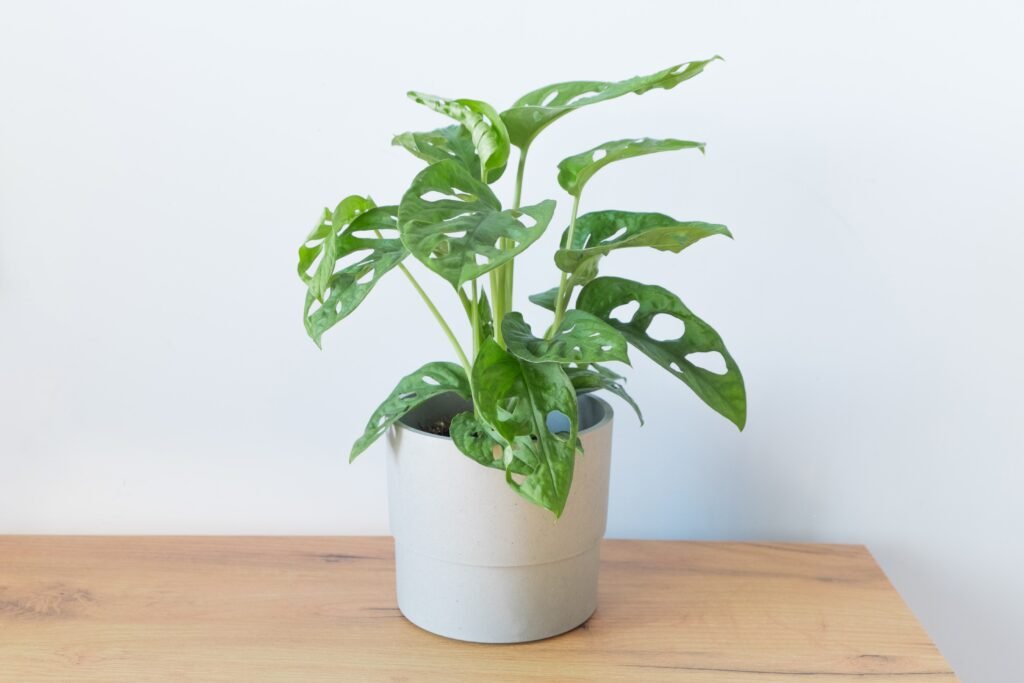MONSTERA
- admin
- July 7, 2024
- Uncategorized
-
Post Views: 424
- 0
- lighting: Monstera usually grows well under bright light without direct sun, which is the best condition for thriving. It can tolerate low light but will grow slower and may develop fewer holes in the leaves.
- watering: the plant is watered regularly and copiously until water drains out of the bottom of the pot. Empty the saucer to prevent root rot. When the vegetation period stops for the plant, reduce watering, but don’t keep the soil dry. Use settled water of room temperature.
- fertilizing: from spring through summer feed the plant once a month with organic or mineral fertilizer. In winter feeding is reduced till once in 6 weeks. The young plants can develop without feeding.
- humidity: Monstera needs high level of humidity (60% or higher). The foliage of the plant should be sprayed frequently with warm water, as well as the leaves can be cleaned with wet cloth.
- temperature: the temperature range should be between 64°F and 81°F. When the temperature goes down 64°F for a long period of time, the growth of the plant can stop. Avoid cold drafts, sudden temperature changes, and hot, dry air from heaters.
- repotting: the plants are repotted once in 1-2 years. Use a well-draining potting mix, such as a mix designed for aroids or a combination of regular potting soil, perlite, and orchid bark.







